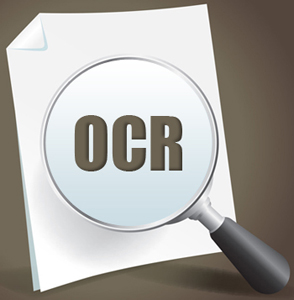
More precisely saying, OCR technology can convert handwritten papers into digital documents, and thus make information storage and access easy. How can one ensure high quality OCR document conversion?
Stages of High Quality OCR Document Conversion
- Document scanning: The documents to be converted into digital format are first passed through a scanner. Characters of the scanned documents are recognized by OCR machines, and are converted to editable text.
- Transforming documents to the appropriate form: Documents should be converted into black and white images first, to deliver the best OCR results. This helps the machines to clearly distinguish between characters and white spaces. They should also be free of any stains, and if stains are present they will be considered as a part of the character, leading to errors or missing text in the output file. Such files require extra care and a high degree of manual intervention.
- Layout analysis: Advanced OCR programs have methods to check text layout, alignment spacing, to identify graphics and tables, and so on.
- Manual error correction: Even when high quality OCR is used, manual checking of output is essential, since glitches may be present. Output documents should be checked for errors with extra care.
- Proofreading: Another level of testing is also required to ensure that the overall context remains intact and there are no errors in the documents that are digitized. So after manual correction, the documents should be proofread to ensure accuracy and quality.
The number of quality checks required depends to a large extent on the nature of the documents. The right technology and expert intervention is often necessary for efficient and accurate conversion of your documents. Businesses will find it a practical option to rely on professional document conversion companies, as they have proven expertise and experience in document conversion as well as the infrastructure to carry out such offline & online OCR/ICR processing within quick turnaround times.



